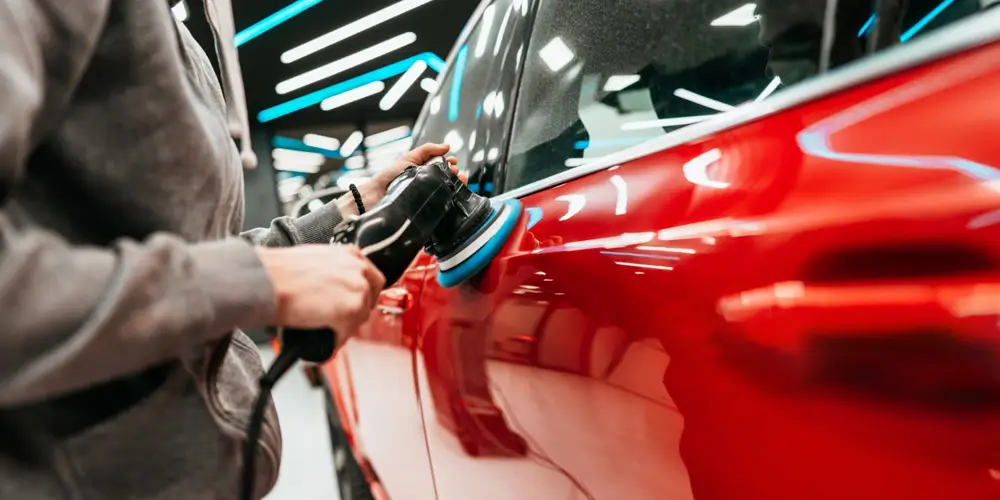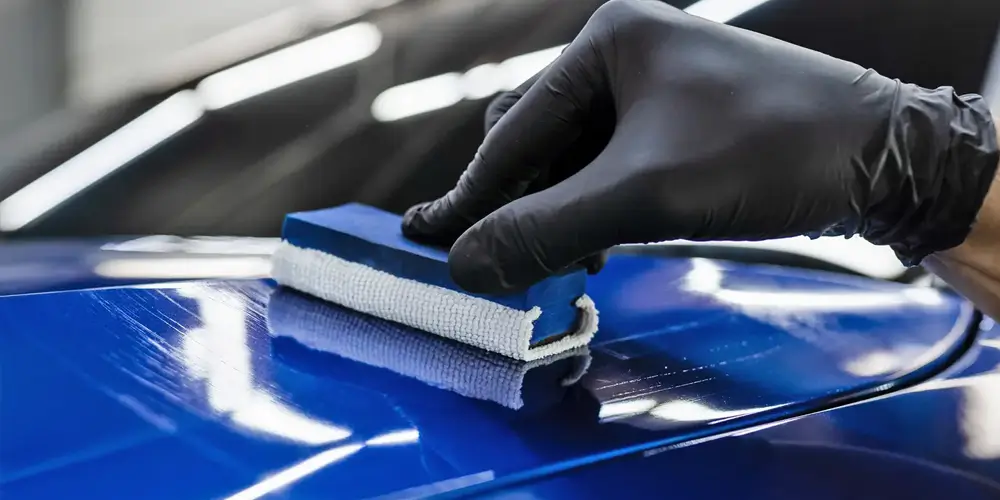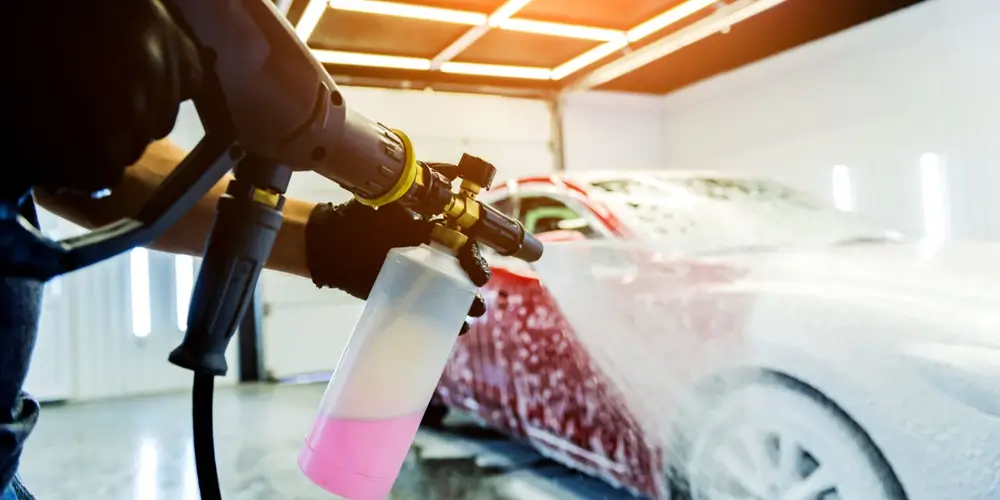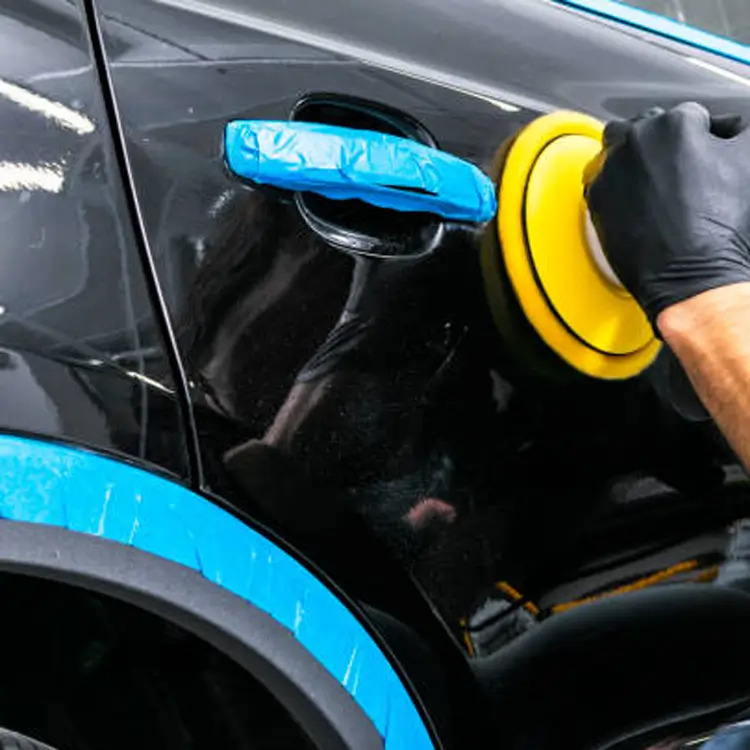Do You Need to Compound Before Polishing
When it comes to achieving a showroom finish on a vehicle, understanding the intricacies of the detailing process is crucial. A common question that arises in the realm of automotive detailing is: "Do you need to compound before polishing?" This question, while seemingly straightforward, involves a nuanced answer that hinges on the condition of the vehicle's paint and the desired end result. In this comprehensive guide, we'll delve into the differences between compounding and polishing, their individual benefits, and why you might need to use both processes to achieve the best results.
Understanding Compounding
Compounding is a critical step in the detailing process, primarily used to remove significant imperfections from a vehicle's paintwork. These imperfections can include deep scratches, oxidation, water spots, and heavy swirl marks. Compounding involves the use of an abrasive compound that, when applied with a rotary or dual-action polisher, effectively sands down the top layer of the paint or clear coat, leveling out the surface to eliminate defects.
Benefits of Compounding
1. Removal of Deep Imperfections: Compounding can eliminate deep scratches and swirl marks that are too severe for polishing alone.
2. Oxidation Removal: It effectively removes oxidation, restoring the original color and clarity of the paint.
3. Preparation for Polishing: By creating a smoother surface, compounding prepares the paint for the finer polishing step, ensuring a more uniform finish.
Compounding Techniques
When compounding, it's essential to choose the right abrasive compound and pad combination. Harder paints may require more aggressive compounds, while softer paints need gentler abrasives. The process typically involves:
1. Washing and Decontaminating: Thoroughly clean the vehicle to remove any loose dirt and contaminants.
2. Choosing the Right Compound and Pad: Select a compound and pad that matches the severity of the defects and the hardness of the paint.
3. Machine Application: Use a rotary or dual-action polisher to apply the compound in overlapping passes, maintaining consistent pressure and speed.
Understanding Polishing
Polishing is the subsequent step after compounding and is aimed at refining the paint surface to a high gloss. Unlike compounding, which removes significant amounts of the clear coat, polishing uses finer abrasives to smooth out any micro-scratches left behind by the compounding process. It enhances the paint’s clarity and depth, giving it that coveted mirror-like finish.
Benefits of Polishing
1. Enhanced Gloss and Shine: Polishing brings out the depth and richness of the paint, creating a high-gloss finish.
2. Micro-Imperfection Removal: It removes minor scratches and swirl marks that may be left behind after compounding.
3. Surface Smoothness: Polishing leaves the paint surface extremely smooth, which can enhance the effectiveness of protective coatings like wax or sealant.
Polishing Techniques
Like compounding, polishing requires the right combination of polish and pad. The process includes:
1. Selecting the Appropriate Polish and Pad: Choose based on the level of refinement needed and the paint’s condition.
2. Machine Application: Similar to compounding, use a polisher to apply the polish, working in small sections to ensure even coverage.
3. Finishing Touches: After polishing, inspect the paint under different lighting conditions to ensure all imperfections are removed.
Do You Need to Compound Before Polishing?
The decision to compound before polishing depends on the condition of the vehicle's paint and the level of perfection desired. Here are some scenarios to consider:
When Compounding is Necessary
1. Severe Paint Defects: If the vehicle has deep scratches, heavy swirl marks, or significant oxidation, compounding is necessary to remove these defects before polishing.
2. Restoration Projects: Older vehicles or those with neglected paint often require compounding to restore the paint to a condition where polishing can be effective.
3. Pre-Coating Preparation: When preparing a vehicle for a ceramic coating or other long-term protective coating, compounding ensures the surface is free of any defects that could affect adhesion or appearance.
When Polishing Alone May Suffice
1. Minor Imperfections: If the paint has only light swirl marks or minor scratches, polishing alone may be sufficient to achieve a smooth and glossy finish.
2. Regular Maintenance: For vehicles that are regularly detailed and well-maintained, polishing can maintain the shine without the need for compounding.
3. Time and Cost Considerations: Polishing is less abrasive and time-consuming than compounding. For routine detailing where perfection is not the goal, polishing alone can be an efficient choice.
The Synergy of Compounding and Polishing
For the best results, compounding and polishing often work in synergy. Compounding lays the groundwork by removing significant defects, while polishing refines the surface to perfection. This two-step process ensures that the paint is as smooth and glossy as possible, providing a flawless finish that stands out.
Steps for Combining Compounding and Polishing
1. Assessment: Start by assessing the paint’s condition under proper lighting to determine the extent of defects.
2. Compounding: Use a compound and appropriate pad to remove deeper imperfections.
3. Inspection: After compounding, inspect the paint again to ensure all significant defects are removed.
4. Polishing: Follow up with a polish to refine the surface and enhance the gloss.
5. Final Inspection: Check the paint in various lighting conditions to ensure a flawless finish.
Conclusion
In the world of automotive detailing, achieving a perfect finish requires a deep understanding of the processes involved. Compounding and polishing are both essential steps in this journey, each playing a unique role in restoring and enhancing the vehicle's paint. Whether you're dealing with severe paint defects or just looking to maintain a high-gloss finish, knowing when and how to use these techniques is key.
If you're a car detailing enthusiast, a professional auto detailer, or a business owner looking to offer top-tier detailing services, understanding the importance of compounding and polishing is crucial. At SYBON, we provide a comprehensive range of detailing products and tools to help you achieve the best results. Whether you need high-quality compounds, polishes, or detailing equipment, our expert team is here to support you.
Let's Work Together
Are you an importer, wholesaler, auto detailing shop owner, or car repair center manager? We invite you to collaborate with us and elevate your detailing services. Please visit our website and use our contact form to send us an email. Together, we can bring the best in automotive detailing to your customers.
Source of this article:https://www.sybonbest.com
Get to know us through more channels:




